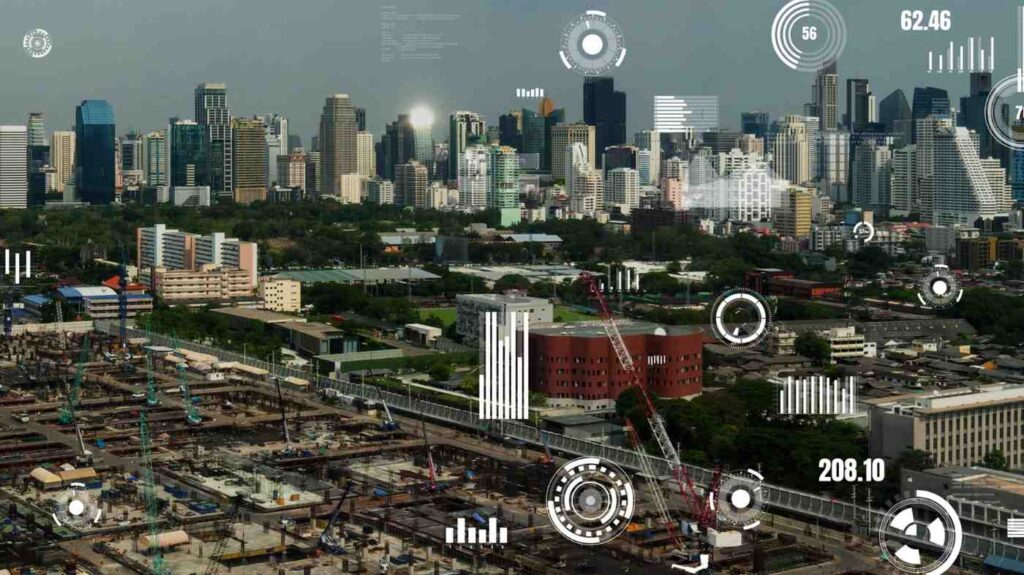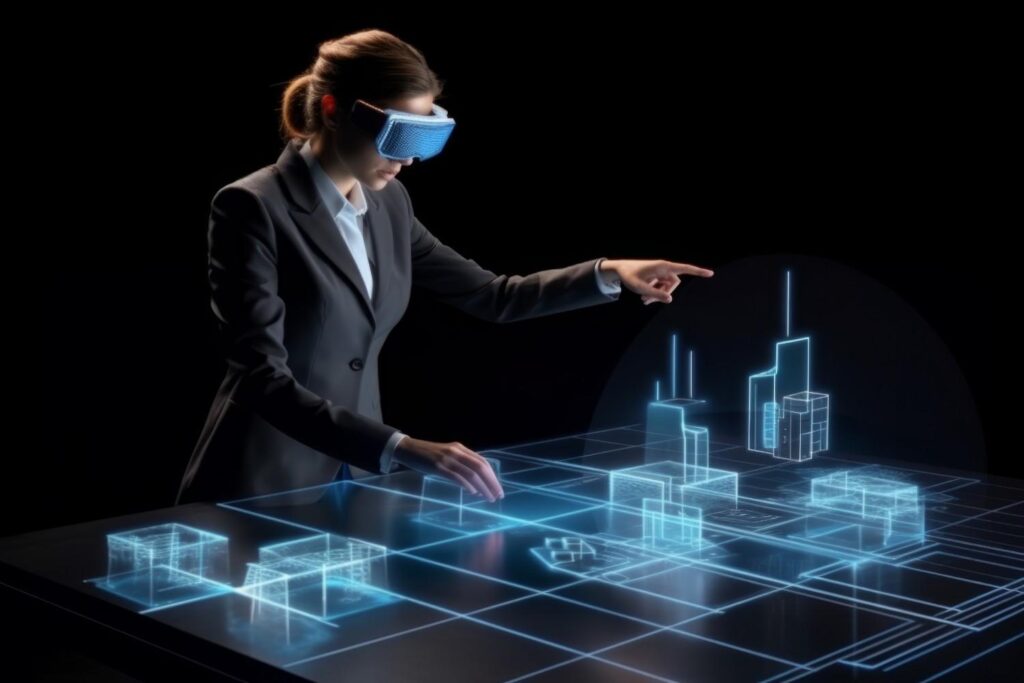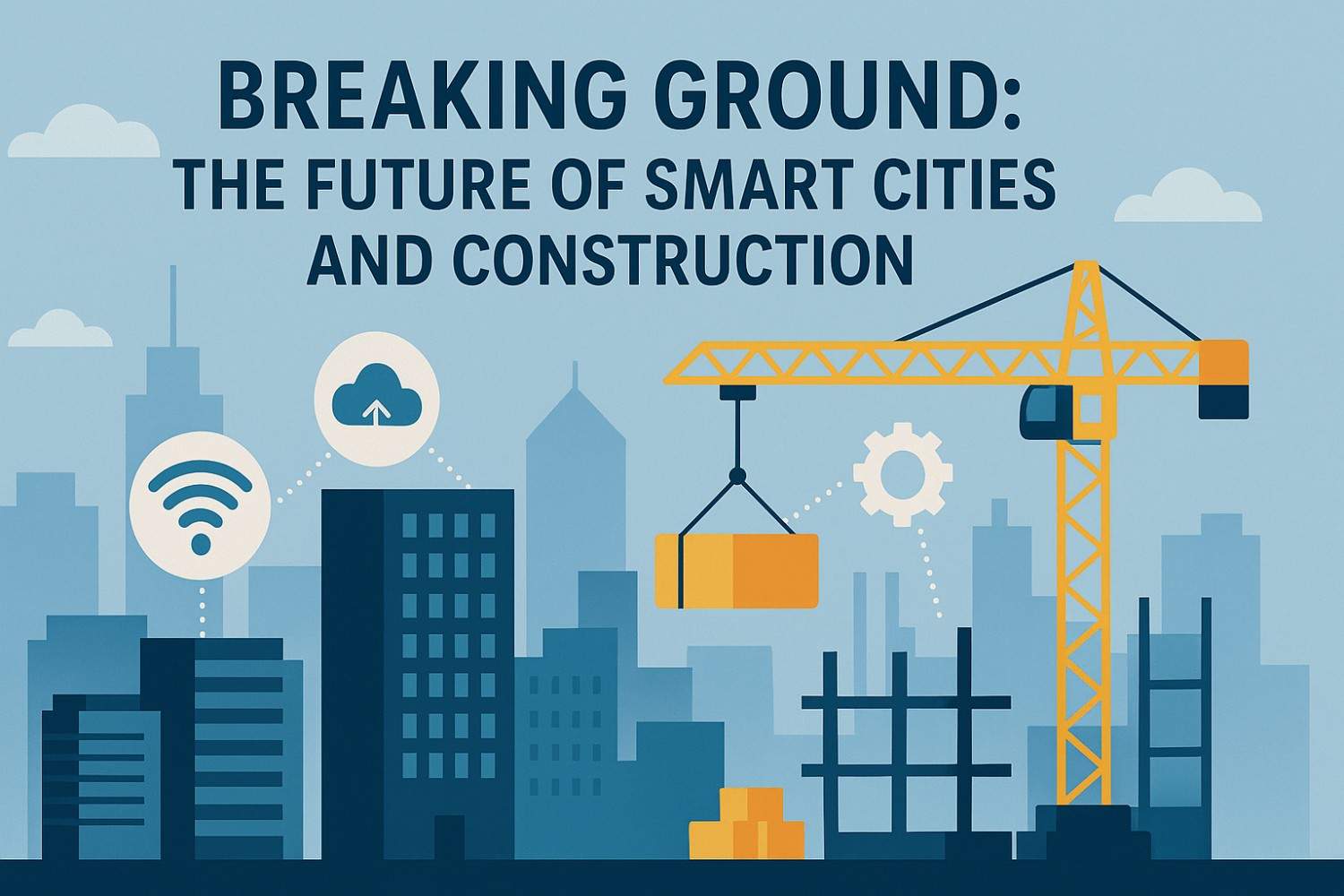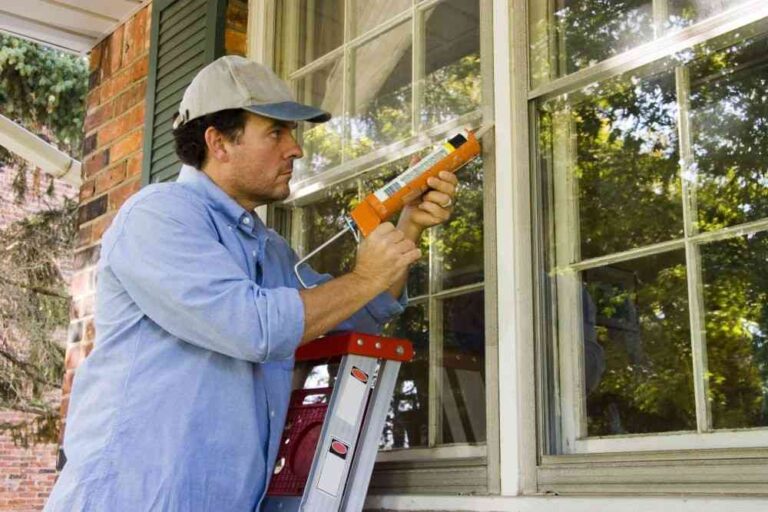The concept of the city is undergoing a profound transformation. What was once a simple collection of buildings and roads is now evolving into a complex, interconnected ecosystem known as a smart city. This evolution is not just about adding sensors and Wi-Fi to public spaces; it’s about fundamentally rethinking how urban environments are designed, built, and managed. For the construction industry, this shift represents both a significant challenge and an unprecedented opportunity. The future of building is inextricably linked to the future of smart urban development.
The Foundation of a Smart City: Data and Connectivity
At its core, a smart city uses technology to collect data and gain insights that improve the quality of life for its residents. This data-driven approach has a direct impact on construction from the earliest planning stages.

Digital Twins and Predictive Modeling
Before any physical work begins, construction projects for smart cities start in the digital realm. Planners and engineers create detailed virtual models, or “digital twins,” of entire districts or individual buildings. These models are not just static 3D renderings; they are dynamic simulations that can test everything from traffic flow and energy consumption to pedestrian movement and emergency response scenarios. By using predictive modeling, project teams can identify potential problems and optimize designs for efficiency and sustainability long before breaking ground. This digital-first approach reduces costly rework and ensures new developments integrate seamlessly into the urban fabric.
An Integrated Building Process
The connectivity that defines a smart city also applies to the construction site itself. The Internet of Things (IoT) is revolutionizing how projects are managed. Tools, materials, and heavy machinery are equipped with sensors that provide real-time data on their location, status, and performance. This level of oversight improves logistics, enhances safety protocols, and boosts productivity. For example, a project manager can monitor the operational efficiency of equipment like a potain self erecting tower crane from a tablet, ensuring optimal use and scheduling preventive maintenance to avoid downtime.
Building for Sustainability and Resilience
A key goal of smart city initiatives is to create more sustainable and resilient urban environments. This objective places new demands on the construction industry to adopt green practices and forward-thinking designs.

Green Materials and Circular Economies
The push for sustainability is driving innovation in building materials. Smart city projects often prioritize the use of recycled, renewable, and locally sourced materials to lower their carbon footprint. Furthermore, the concept of a circular economy is gaining traction, where buildings are designed for disassembly. This means components can be easily reused or recycled at the end of the structure’s life, minimizing waste and preserving valuable resources for future use.
Resilient Infrastructure for a Changing Climate
Smart cities must be prepared for the challenges of a changing climate, from extreme weather events to rising sea levels. The construction industry is responding by developing resilient infrastructure. This includes creating advanced water management systems, designing buildings that can withstand higher wind loads, and integrating green spaces that help mitigate the urban heat island effect. These proactive measures ensure that cities can not only survive but thrive in the face of environmental uncertainty.
Shaping the Urban Landscape of Tomorrow
The convergence of smart technology and construction is creating urban spaces that are more efficient, livable, and responsive to the needs of their inhabitants. By embracing innovation, the construction industry is not just erecting buildings; it is laying the groundwork for the connected communities of the future. The road ahead involves continuous adaptation, but the result will be cities that are truly built for people.






